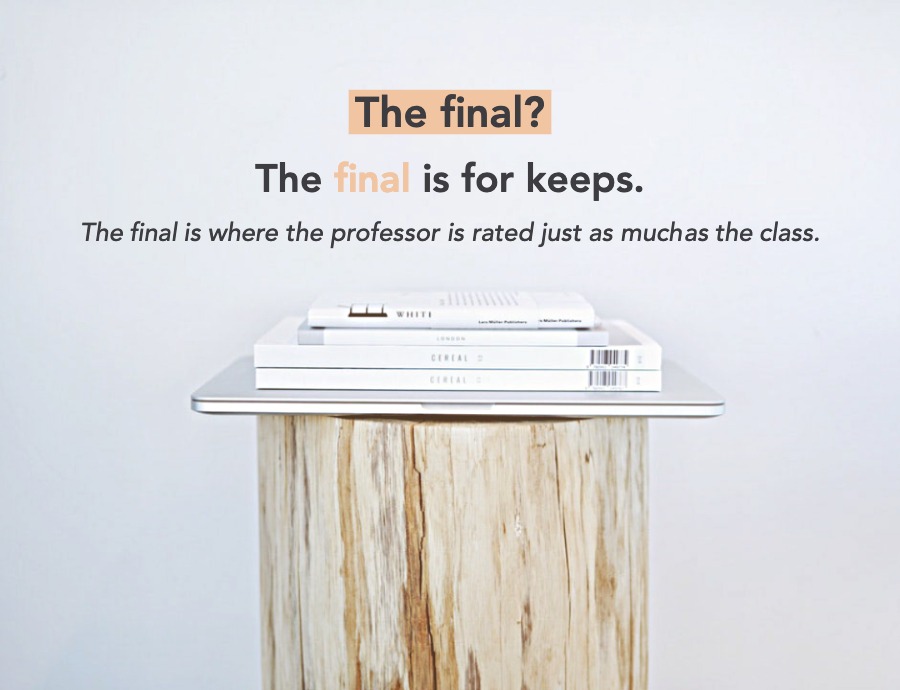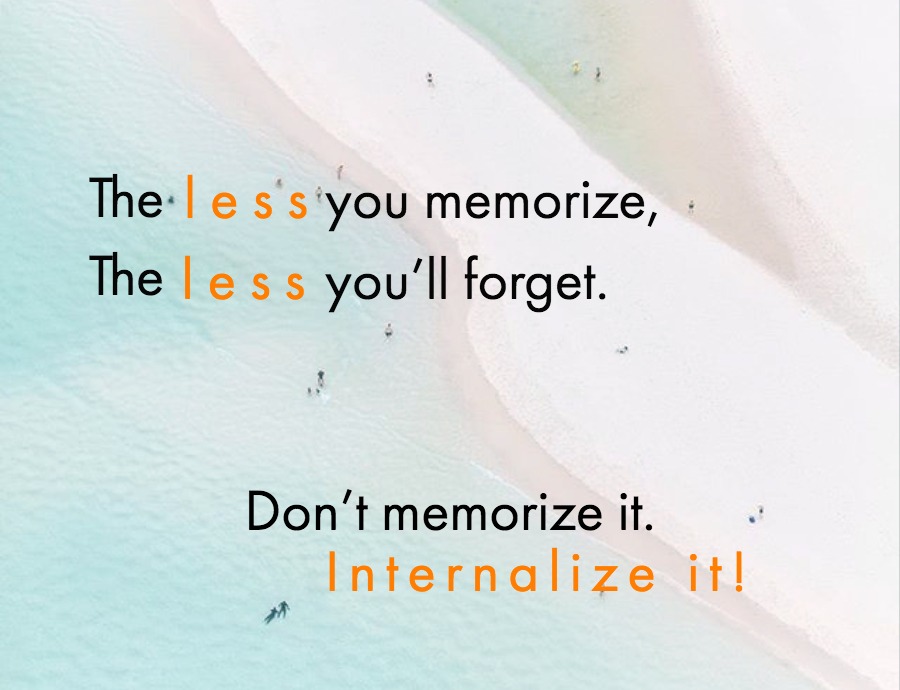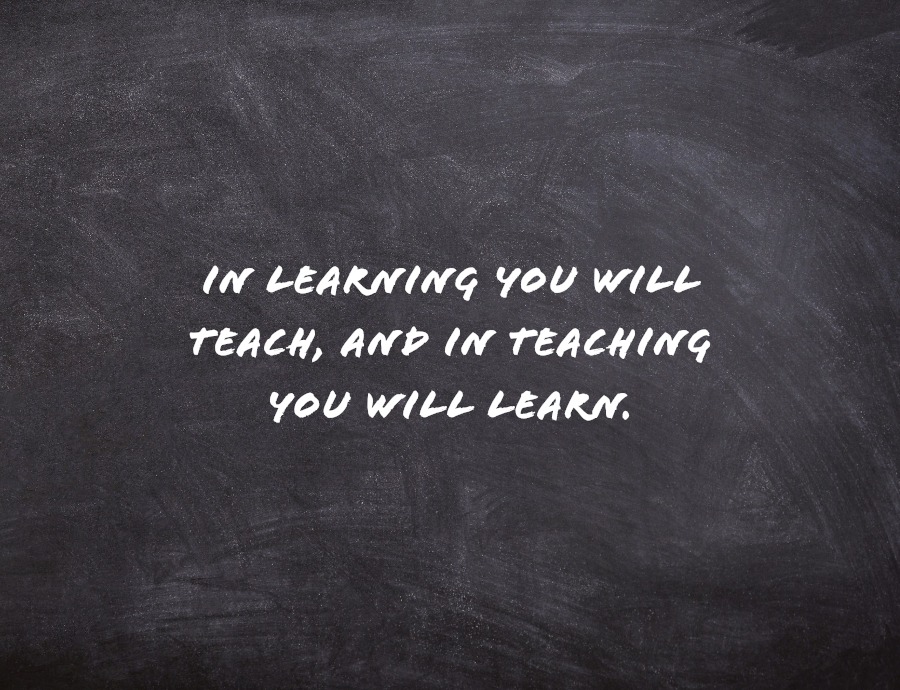You might think you’re the only person looking at your exam booklet. In fact it’s against the rules for anyone else to look at it during the exam. But what about the examiner? None of your work is worth anything if they can’t work out what you did. Don’t assume “it’s their job, they have to do it”. They have to mark your test, sure but they also have to mark hundreds of other exams as well. So if your work is an awful mess they’ll “have” to say you didn’t provide a clear solution and mark it accordingly. Which makes their life much easier than struggling through scribbles.
The first and easiest step to simpler communication is spacing out your work. This course isn’t ECO101, you don’t get extra marks for cramming all your calculations into a condensed corner of the page. I’ve seen exam solutions so dense they were almost collapsing into black holes. And were just as hard to extract information from.
Clear solutions help you too. Well-spaced steps with easily identifiable parts make it much easier for you to follow your own work. Which means it’s easier to check, easier to find mistakes, and easier to add fast corrections instead of having to rewrite the whole problem because you found a sign error five minutes before the end of the exam.
When correcting a mistake like this just put one thin line through the error, to show that you know it’s wrong, and write the right answer. Make sure the mistake is still legible! Because you know you can make mistakes. What if you’re making a mistake about having made a mistake? Scribbling over the old work destroys it, takes extra time, puts you in a bad mood, and makes it impossible for the examiner to give you part marks for the bits that were right. One thin line is enough to tell them this isn’t your official answer, but the work can still be searched through if you’re just half a mark short of the next grade.
Just like most exam skills this will help you in much more than mere exams. Remember what exams are for. They’re making you better at things you need to do in the future. One of those things is working with other people. If your work is unclear this will cause problems, and it will be your fault, and you’ll be adding lots of extra work for yourself and grief for everyone else.
The first and easiest step to simpler communication is spacing out your work. This course isn’t ECO101, you don’t get extra marks for cramming all your calculations into a condensed corner of the page. I’ve seen exam solutions so dense they were almost collapsing into black holes. And were just as hard to extract information from.
Help the examiner give you more marks!
Clear solutions help you too. Well-spaced steps with easily identifiable parts make it much easier for you to follow your own work. Which means it’s easier to check, easier to find mistakes, and easier to add fast corrections instead of having to rewrite the whole problem because you found a sign error five minutes before the end of the exam.
When correcting a mistake like this just put one thin line through the error, to show that you know it’s wrong, and write the right answer. Make sure the mistake is still legible! Because you know you can make mistakes. What if you’re making a mistake about having made a mistake? Scribbling over the old work destroys it, takes extra time, puts you in a bad mood, and makes it impossible for the examiner to give you part marks for the bits that were right. One thin line is enough to tell them this isn’t your official answer, but the work can still be searched through if you’re just half a mark short of the next grade.
Just like most exam skills this will help you in much more than mere exams. Remember what exams are for. They’re making you better at things you need to do in the future. One of those things is working with other people. If your work is unclear this will cause problems, and it will be your fault, and you’ll be adding lots of extra work for yourself and grief for everyone else.








